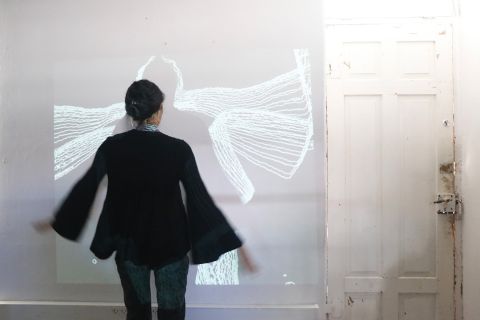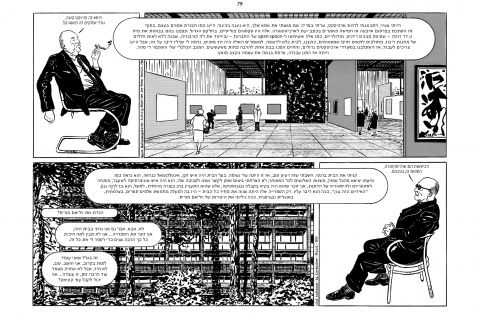Bezalel News
חדשות בצלאל
أخبار بتسلئيل
Bezalel Magazine | Why Design Now?
The moment we are born up to the moment we leave this world, we are surrounded by design. From the second we wake up in the morning, design is present in every aspect of our lives—from the utensils we eat with, to the sheets we sleep on, to the font and layout of this newsletter. Humans are the only animal that truly never stops building and designing objects for themselves.
For many years, design was seen as a profession that dealt with styling or decor, but in fact, the objects we produce are intended to provide a response to our daily emotional, physical, social and economic needs. Of course, they also serve us on a daily basis or in extreme situations, but in recent years, we have discovered that the objects we design shape us in return. In fact, all the objects in our environment have a huge impact on our behavior and emotions and our physical encounter with the world.
Objects obviously do not have emotions, but they do convey information to us about the social and physical world we live in. Through objects, we learn different values in relation to the social order that affect our behavior and our identity politics—of the body, gender, race and class. Take pants for example. Women were not permitted to wear pants until the mid-20th century, not for reasons of modesty but for reasons of gender politics—wearing a dress made riding a horse or pedaling a bicycle difficult, thereby limiting a woman’s range of movement as well as her independence and power, which were the lot of men. In other words, pants mediated the customary relations and politics between men and women. Hence today, design is perceived as a tool of political and social influence. Contemporary theory speaks of the responsibility of design as a tool that shapes people, the environment and natural resources, and at the same time about our ability to use it as a tool for change, resistance or the creation of social resilience.
Thus, in light of the new understanding of design’s inherent power, and of the important place design occupies in managing global and local crises, the profession has altered its goals and tools in recent years. Under new names—critical design, speculative design, just design, geopolitical design, emergency design, social design, sustainable design, thinking design and service design—design deals today with topics such as sustainability, medicine, social resilience, inclusive and accessible design, innovation in methods of governance, and service design and its relationship to contemporary technology including artificial intelligence and bio-design. Contemporary design is fueled by the blurring of boundaries between the recent critical social theories (such as gender and disability studies) and the fields of science and technology studies (STS), sociology, economics, ecology, and even political science and politics. Blurring boundaries with different fields, and the idea that design is no longer just the production of objects but also a thought process, form the new definition of the field of design.
In the Master’s Program in Industrial Design, we rethink the design profession and see it in a dynamic and experimental state—as a process open to social change, support in crises, constant changes of materials, the flow of life and design of people and their different lifestyles. This does not mean that we give up on form. On the contrary, we rethink it as dynamic and meaningful in social practice as well, where aesthetics and ethics can merge in new forms of work.
Written by: Prof. Ory Bartal
Head of the Master's Program in Industrial Design










